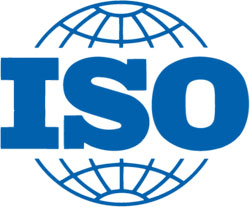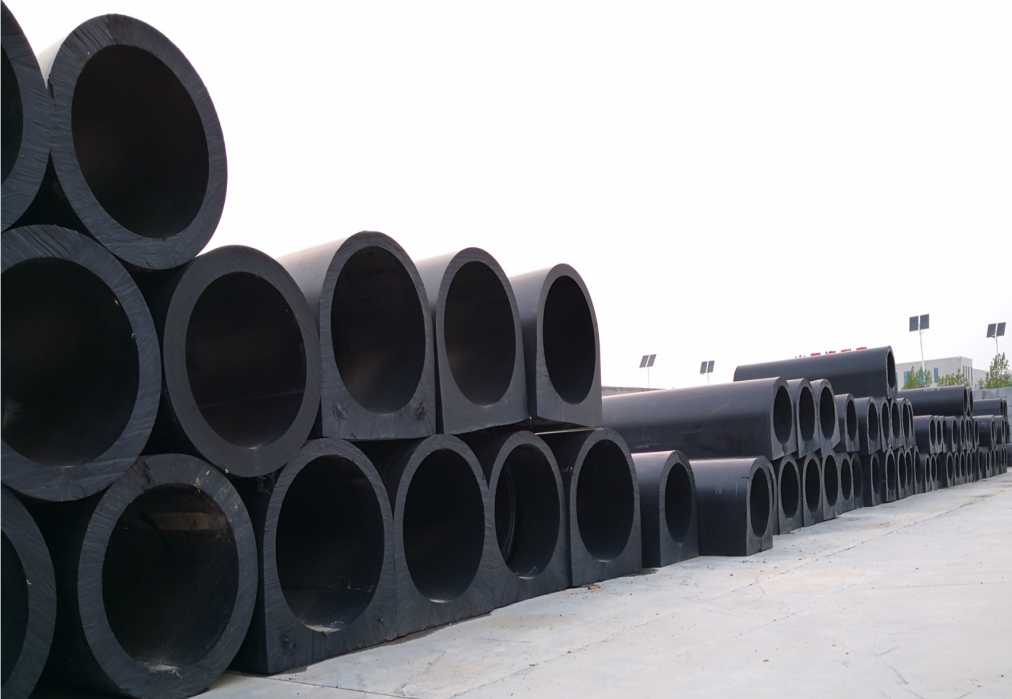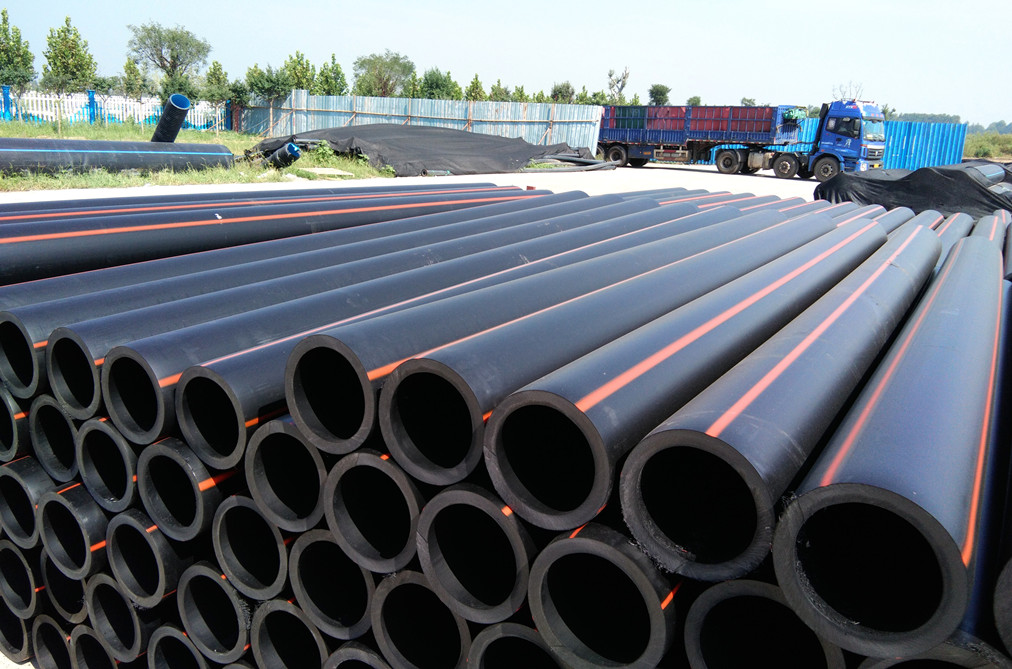This Nuclear Energy Conference will be held in Shenzhen, China, from November 15 to 18, 2023. Smart Joint is honored to be invited to participate in this exhibition. Our location is Hall 10, booth number S12.Welcome all people in the same indusrty to visit us.
The Shenzhen Nuclear Expo takes "promoting the high-quality development of the nuclear energy industry" as its purpose, takes "Nuclear Gathering in the Bay Area and Powering the World" as its theme, and aims to "be a world-class nuclear exhibition" and join hands with the industry to create a first-class nuclear energy exhibition with first-class influence. An industry exchange event, the Shenzhen Nuclear Expo is a national, international, and high-level nuclear energy science and technology innovation summit that integrates high standards, high scale, and high quality. It has brought significant opportunities for our company to develop in the nuclear energy industry. At the same time, It also provides an important platform for our company to display new products to nuclear energy-related companies.We participated in this exhibition mainly to show nuclear power customers some of the applications of our polyethylene pipes and pipe fittings in nuclear power, as well as some of our new products.
The history and development of HDPE (High-Density Polyethylene) pipelines in nuclear power plants can be traced back several decades. Here's an overview of the key milestones, projects, and standards associated with HDPE pipelines in the nuclear industry:
Early Development: The use of HDPE pipes in nuclear power plants began in the 1970s when the industry recognized the benefits of this material for various applications. The initial focus was on non-safety-related systems such as cooling water, fire protection, and drainage.
Regulatory Standards: The Nuclear Regulatory Commission (NRC) in the United States and other regulatory bodies worldwide have established standards and guidelines for the design, installation, and operation of HDPE pipelines in nuclear power plants. These standards ensure the safety and reliability of the systems. For example, in the U.S., the NRC has issued regulatory guides such as Regulatory Guide 1.70, which provides guidance on the use of non-metallic pipes in safety-related systems.
Project Examples:
a. Diablo Canyon Power Plant (United States): The Diablo Canyon Power Plant in California, USA, implemented HDPE pipelines for non-safety-related applications. These included cooling water systems, firewater systems, and wastewater management. The project demonstrated the effectiveness of HDPE pipes in a nuclear power plant environment.
b. Ling Ao Phase II Nuclear Power Plant (China): The Ling Ao Phase II Nuclear Power Plant in China utilized HDPE pipes for the cooling water system. The project emphasized the corrosion resistance, long-term performance, and cost-effectiveness of HDPE pipelines. It served as a significant reference for subsequent nuclear power plant projects in China.
Certainly! Here are a few project examples in China where HDPE pipelines have been used in nuclear power plants:
Ling Ao Phase II Nuclear Power Plant: Located in Guangdong province, the Ling Ao Phase II Nuclear Power Plant utilized HDPE pipes for its cooling water system. The project showcased the advantages of HDPE pipelines, including their excellent corrosion resistance, long-term performance, and cost-effectiveness. Ling Ao Phase II has been in commercial operation since 2002.
Fuqing Nuclear Power Plant: Situated in Fujian province, the Fuqing Nuclear Power Plant implemented HDPE pipelines for various applications. HDPE pipes were used in the plant's non-safety-related systems, such as cooling water, fire protection, and drainage. The project demonstrated the suitability of HDPE pipelines for nuclear power plant environments.
Haiyang Nuclear Power Plant: Located in Shandong province, the Haiyang Nuclear Power Plant employed HDPE pipelines for its cooling water system. The project highlighted the benefits of HDPE pipes, including their corrosion resistance, flexibility, and ease of installation. The plant has been generating electricity since 2018.
Taishan Nuclear Power Plant: Situated in Guangdong province, the Taishan Nuclear Power Plant is a notable example where HDPE pipelines were utilized. HDPE pipes were employed in various systems, including cooling water, fire protection, and wastewater management. The project demonstrated the successful application of HDPE pipelines in a nuclear power plant setting.
These project examples in China illustrate the widespread use of HDPE pipelines in different nuclear power plants. The adoption of HDPE pipes in these projects showcases their reliability, safety, and suitability for various applications within a nuclear power plant environment.
It's worth noting that specific project details, including the scope of HDPE pipeline implementation and applications, may vary based on the plant's design requirements, regulatory standards, and safety considerations.
Advancements and Research: Over the years, research and development efforts have focused on enhancing the performance and safety of HDPE pipelines in nuclear power plants. This includes the development of improved fusion welding techniques, advanced inspection methods, and material innovations.
Industry Standards: Several standards organizations have developed specifications for HDPE pipes used in nuclear power plants. Examples of relevant standards include:
a. American Society for Testing and Materials (ASTM): ASTM D3035 and ASTM F714 provide guidelines for HDPE pipe materials, dimensions, and fusion joining procedures.
b. American Water Works Association (AWWA): AWWA C906 specifies the requirements for high-density polyethylene (HDPE) pipes used in water supply and distribution systems.
c. International Electrotechnical Commission (IEC): IEC 61511 provides guidelines for the functional safety of safety instrumented systems in the process industry, including the use of non-metallic pipes.
These standards ensure the quality, performance, and safety of HDPE pipelines in nuclear power plants, and adherence to them is crucial during the design, installation, and operation of these systems.
It's important to note that each nuclear power plant project may have specific design requirements and safety considerations. Therefore, project-specific standards and guidelines should be followed, considering the relevant regulatory bodies, industry best practices, and local regulations. Consulting with experts and relevant authorities is crucial to ensure compliance and safety in the implementation of HDPE pipelines in nuclear power plants.

In the past, the water system of nuclear power plants was usually located in a comprehensive pipe gallery, with many turning places and a large amount of elbows. However, the risk of welding elbows lies in the quality of the weld and the loss of water head caused by multi-section welding.
Disadvantages: high cost, low efficiency, high risk of welding joints.
In order to solve the above problems, Smart Joint grandly launched some of our relatively new products at this exhibition, such as HDPE Sweep Bend.The large-diameter annular special-shaped pipe developed by Smart Joint uses a special extrusion molding process. There is no welding seam in the middle, no angle restrictions, no pressure reduction, and no risk of welding marks.
Smart Joint HDPE sweep bends are designed to have a large radius of curvature, which allows for a smoother and more gradual change in direction.
It has a lower coefficient of friction compared to other types of bends, which can help to reduce the amount of pressure drop that occurs when fluid is flowing through them.
This can help to improve the efficiency of the piping system and reduce the energy required to pump fluids through it.
Compare to pipe bended sweep bend and fabricated bend, Smart Joint Sweep bends are with followed features:
1: Non pressure derating
2: 3D radius available for size from 90mm to 355mm, inch size can be offered as well.
3: 2D radius available for size from 400mm to 1600mm, inch size can be offered as well.
4: Angle stability(±2 degree)

In addition, in this exhibition we also showcased another of our new products:
Standard components in the valve well.
This standard component configuration provides a complete solution for polyethylene plastic pipe shut-off valves and wells.
The assembly consists of cut-off valve, expansion joint, inspection manhole, exhaust valve, blowdown valve, polyethylene special wing ring, etc.
In addition to realizing the full plasticization of components to the greatest extent possible, a special wing ring for polyethylene is introduced to solve the sealing problem that plagues polyethylene plastic when the pipe passes through the well wall.
With over 30 years’ experience, Smart Joint will definitely be able to provide the nuclear energy industry with a reliable and complete system solution!


